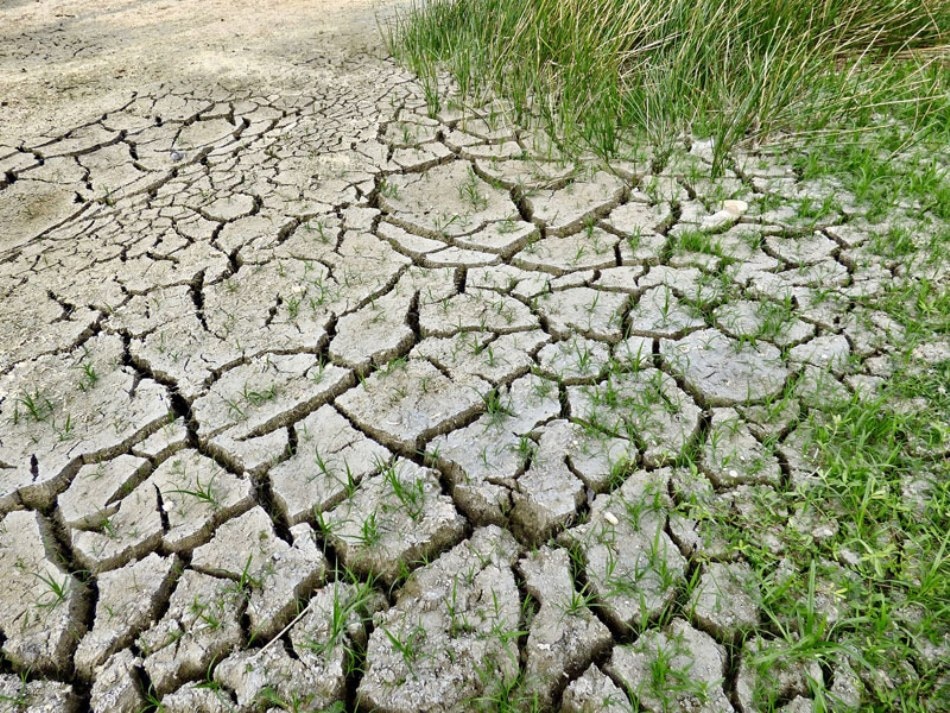Oct 15 2018
According to new research led by the University College London, century-scale climate variability was enhanced when the Earth was warmer during the Last Interglacial period (129-116 thousand years ago), compared to the present interglacial period (the last 11,700 years).
 Image credit: Pixabay
Image credit: Pixabay
The findings, which were reported recently in Nature Communications and sponsored by the Natural Environment Research Council (NERC) and the Australian Research Council (ARC), have revealed that the Last Interglacial period was interspersed by a succession of century-scale arid events in Southern Europe and cold water-mass expansions in the North Atlantic.
Measuring natural climate variability under relatively warm conditions is vital for making projections about future carbon emissions.
The Last Interglacial is particularly relevant because it provides insights into climate processes during a period of excess warmth.
Professor Chronis Tzedakis, Geography Department, UCL
The last interglacial period experienced an interval of strong Arctic warming, with surface air temperatures estimated at between 3-11 °C above pre-industrial levels. This is comparable to the high-latitude warming levels that have predicted for the end of this century.
Global sea-levels during the Last Interglacial are projected to have been around 6 to 9 m above present levels, with between 0.6 and 3.5 m coming from the melting of the Greenland Ice Sheet.
European and North Atlantic records have previously detected century-scale variations in precipitation and temperature within the last interglacial period, but there has been significant ambiguity over the extent, timing, and origins of these climate fluctuations.
This new research by international scientists from twelve institutions used terrestrial and marine geological archives, in combination with climate model experiments, to create the most comprehensive timeline of atmospheric and oceanic changes in the North Atlantic and Southern Europe during the last interglacial period.
To reduce the margins of error that often come from comparing records from diverse environments, palaeoceanographers created what lead researcher Dr. Luke Skinner of Cambridge University calls a “stratigraphic ‘rosetta stone’, which was made by analysing different fossils from the same sediment samples in a marine core off the coast of Lisbon, Portugal.
“The marine core also contained pollen transported from the Tagus river into the deep sea, thus enabling a direct comparison of vegetation and North Atlantic ocean changes,” said Dr Vasiliki Margari (UCL Geography), who carried out the pollen analysis.
Variations in vegetation, mainly caused by differences in the amount of rainfall, were then connected to variations in the chemical signature of rainfall recorded in stalagmites from Corchia Cave in Northern Italy.
The Corchia record is particularly important because it is supported by very detailed radiometric dating using the decay of uranium isotopes, producing one of the best chronologies for this period available.
Dr. Russell Drysdale, University of Melbourne
Climate model experiments carried out by Dr Laurie Menviel and Dr Andrea Taschetto of the University of New South Wales Sydney, revealed that the spatial fingerprint of these variations is consistent with disturbances of the 'Atlantic meridional overturning circulation' (AMOC).
The melting of the Greenland ice sheet and runoff increases in temperature due to intense high-latitude warming during the last interglacial period may have helped cause the weakening of the 'AMOC' and contributed to the observed climate variations.
“Although not a strict analogue for future anthropogenically-driven changes, the profile of the Last Interglacial that emerges is one of enhanced century-scale climate instability, with implications for ice-sheet and ocean dynamics,” said Professor Tzedakis.
“Future research efforts should focus on constraining further the extent of melting and runoff from the Greenland ice-sheet and its effects on ocean circulation during the Last Interglacial.”